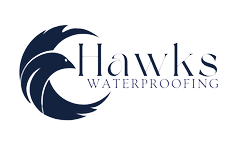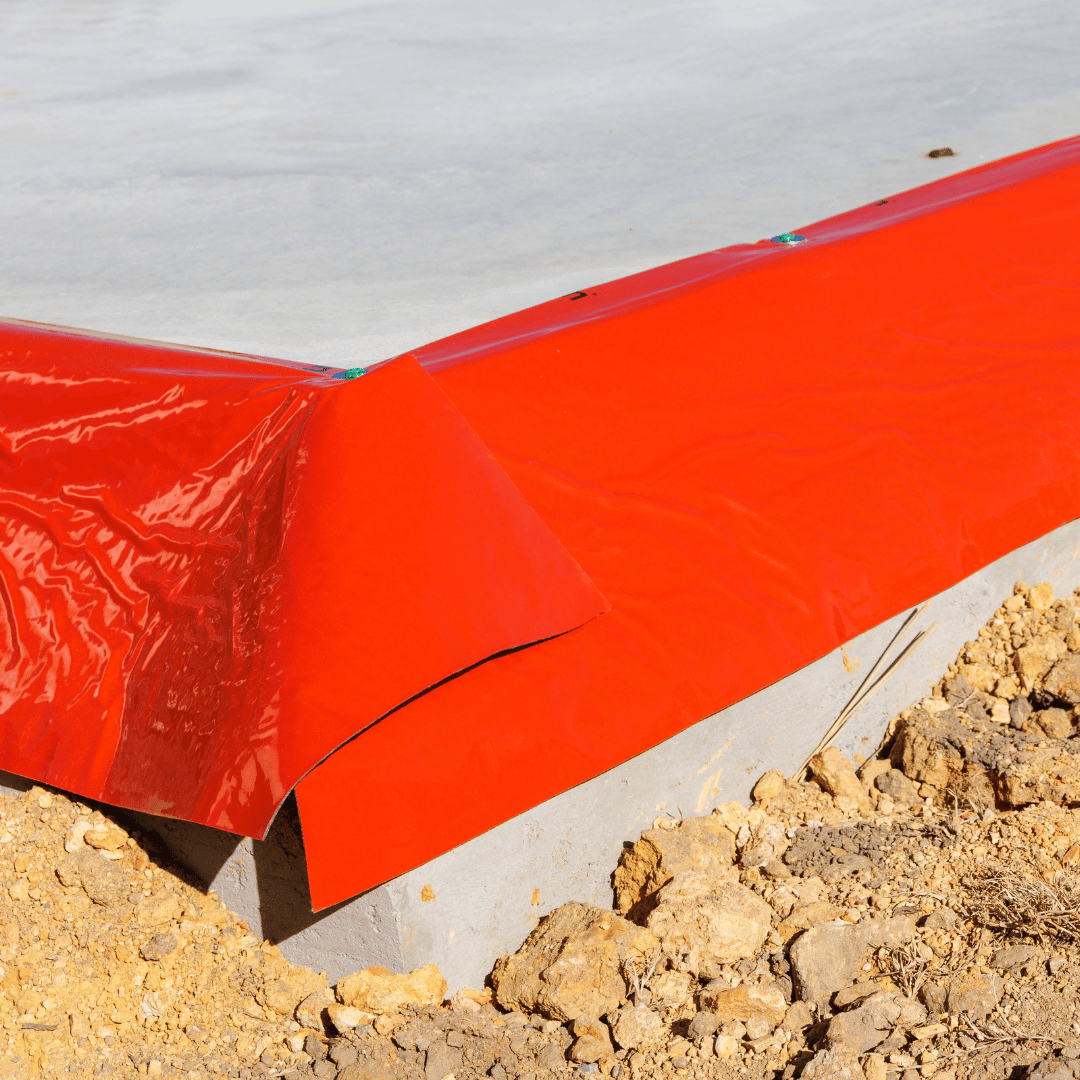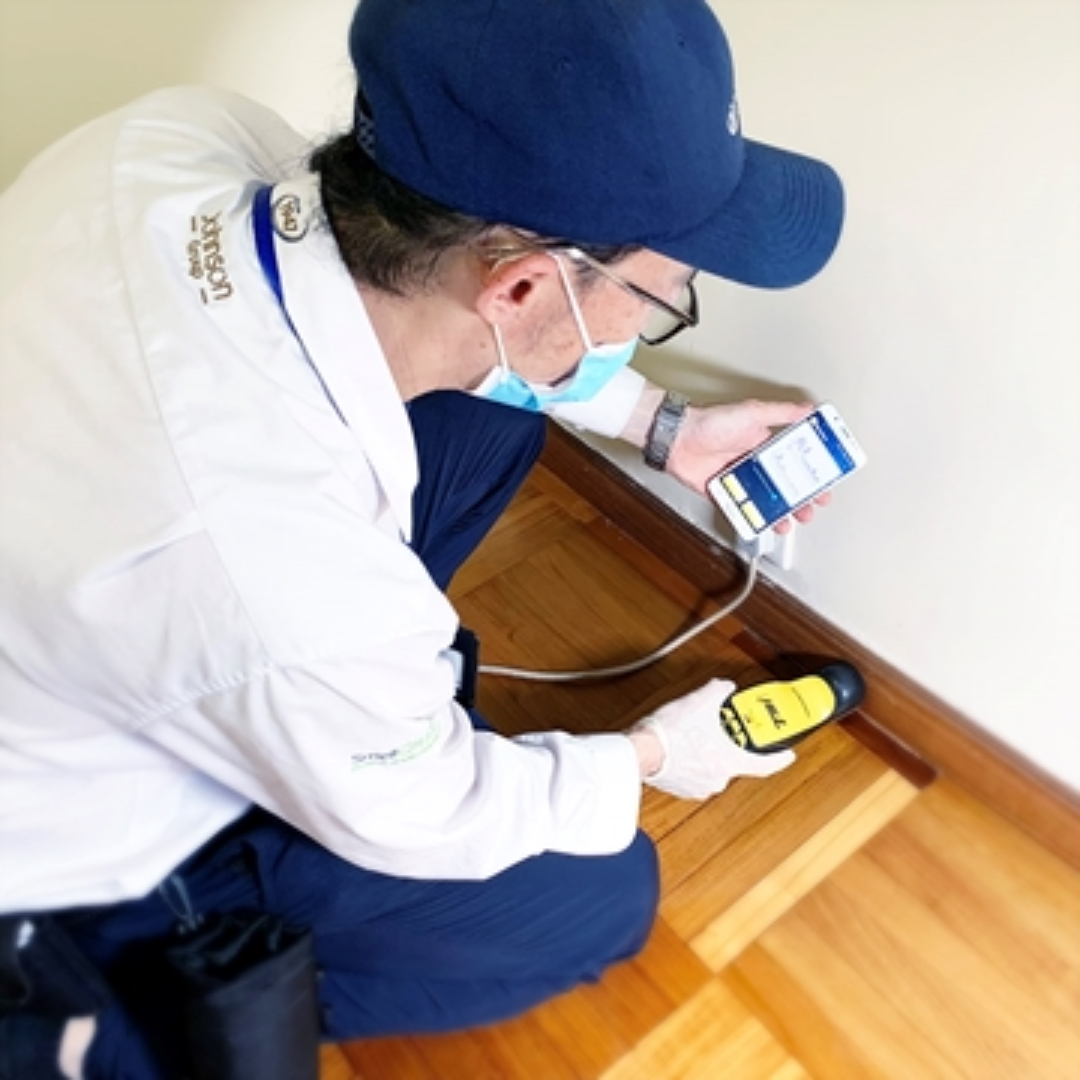Equipped with energy recovery devices to reduce operational costs and improve efficiency. These systems capture and reuse energy from the pressurized brine stream, significantly reducing energy consumption.
Used for desalinating seawater to produce potable water, commonly found in coastal areas. These systems operate at high pressures to overcome the osmotic pressure of seawater and are built to withstand corrosive marine environments.
Designed to maximize water recovery rates, reducing wastewater and improving efficiency. These systems are optimized to handle higher salinity brackish water while minimizing waste.
Used to treat brackish water with moderate salinity, these systems are common in inland areas where the water source contains higher levels of dissolved salts. They typically operate at lower pressures than seawater systems.
Portable units housed in shipping containers for remote or temporary applications. These systems are pre-assembled and easy to deploy, making them ideal for military operations, disaster relief, and remote industrial sites.
Built for manufacturing plants, power plants, and large-scale water treatment facilities, these systems handle very high volumes of water and remove a wide range of contaminants. They are often customized to meet specific industrial needs.
Suitable for larger businesses, schools, and small industrial applications. These systems can handle higher volumes of water and are often equipped with more advanced features, such as automatic flushing and monitoring systems.
Designed for small businesses, restaurants, and cafes, these systems provide high-quality water for cooking, beverages, and ice machines. They typically have higher capacities than residential systems but are still compact.
Portable units that sit on the countertop and connect to the kitchen faucet. They are easy to install and ideal for renters or small households needing purified water without permanent installation.
Compact units installed under the kitchen sink to provide purified drinking water. They typically include multiple filtration stages, including sediment and carbon filters, followed by the RO membrane.
Eurobit Waterproofing Membrane by Waterproofing Hawks: Superior Safety for Your Buildings Introduction Within the area of development and infrastructure, sustaining the longevity and resilience of buildings is essential. Waterproofing is a key element of this, safeguarding buildings from water penetration and stopping deterioration. Among the many many waterproofing options available on the market, Eurobit Waterproofing [...]
Hy Grip Waterproofing Membrane: Superior Safety for Your Constructions Within the realm of development and infrastructure, making certain the longevity and sturdiness of buildings is paramount. One of many important facets of that is waterproofing, which protects constructions from water infiltration, stopping injury and degradation. Among the many quite a few waterproofing options out there, [...]
Installing physical barriers during construction to prevent termites from accessing a building. This can include metal shields or mesh that termites cannot penetrate.
Using natural predators or pathogens to control termite populations. This includes the use of nematodes, fungi, or other organisms that specifically target termites.
Application of microwave energy to infested wood, heating it to temperatures that kill termites. This is another localized treatment method.
Using high-voltage electricity to kill termites within infested wood or structures. This method is usually localized to specific areas of infestation.
Enclosing a building in a tent and filling it with gas fumigants to eliminate termites. This is typically used for severe infestations.
Use of high temperatures to eliminate termites from infested wood or structures. This method involves raising the temperature to levels lethal to termites.
Application of termiticides to the soil before a building is constructed, providing a protective barrier against termites from the outset.
Application of termiticides directly to wood, protecting it from termite infestation and damage. This can include surface sprays, injections, or foams.
Placement of bait stations around the property, containing substances that attract and kill termites when they consume or bring the bait back to their colony.
Waterproofing Hawks, a distinguished participant within the building and waterproofing business in Pakistan, provides a variety of revolutionary options to deal with the challenges posed by various weather conditions. Amongst their notable choices is the Jumbolon Sheet, a flexible materials extensively used for insulation and waterproofing. This complete information delves into the options, functions, and [...]
Polyurethane (PU) spray foam insulation pakistan has emerged as a revolutionary answer within the development trade, offering efficient thermal and moisture management. In Pakistan, the place excessive local weather variations are a typical problem, the demand for energy-efficient and sturdy insulation options is on the rise. This complete information explores the distinctive options, purposes, advantages, [...]
Thermocol sheets, also referred to as expanded polystyrene (EPS) sheets, play a vital position in numerous industries, together with building and insulation. In Pakistan, Waterproofing Hawks has emerged as a distinguished provider of high-quality thermocol sheets price in pakistan, providing a spread of merchandise designed to fulfill various wants. This complete information delves into the [...]
Price per kg
Ceramic Fiber Insulation: High-temperature insulation using ceramic fibers.




















































